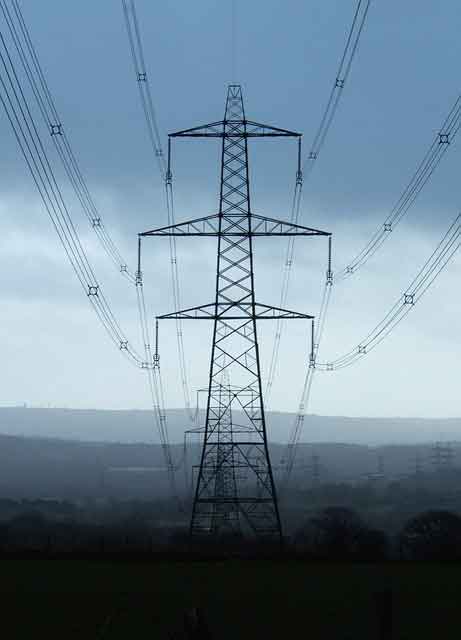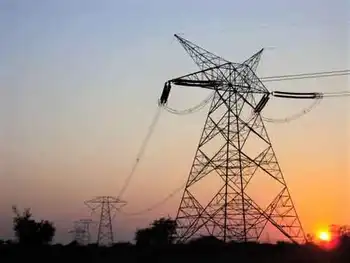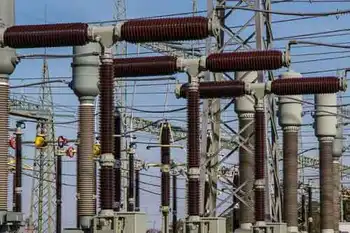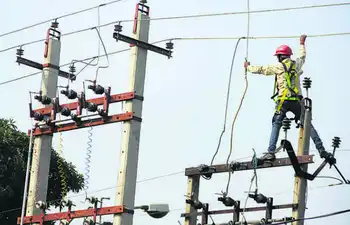Cannes Film Festival Power Outage Under Investigation
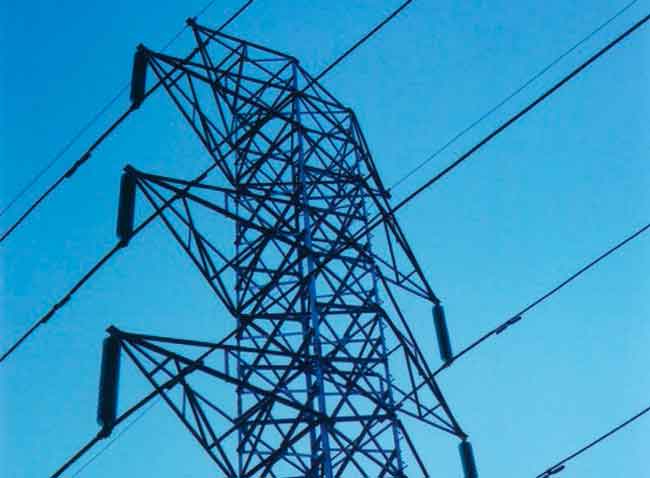
High Voltage Maintenance Training Online
Our customized live online or in‑person group training can be delivered to your staff at your location.

- Live Online
- 12 hours Instructor-led
- Group Training Available
Cannes Film Festival Power Outage disrupts Alpes-Maritimes as an electrical substation fire and a fallen high-voltage line trigger blackouts; arson probe launched, grid resilience tested, traffic and trains snarled, Palais des Festivals on backup power.
Key Points
A May 24, 2025 blackout in Cannes disrupting events, under arson probe, exposing grid risks across Alpes-Maritimes.
✅ Substation fire and fallen high-voltage line triggered blackouts
✅ Palais des Festivals ran on independent backup power
✅ Authorities probe suspected arson; security measures reviewed
A significant power outage on May 24, 2025, disrupted the final day of the Cannes Film Festival in southeastern France. The blackout, which affected approximately 160,000 households in the Alpes-Maritimes region, including the city of Cannes, occurred just hours before the highly anticipated Palme d'Or ceremony. French authorities are investigating the possibility that the outage was caused by arson.
Details of the Outage
The power disruption began early on Saturday morning with a fire at an electrical substation near Cannes. This incident weakened the local power grid. Shortly thereafter, a high-voltage line fell at another location, further exacerbating the situation. The combined events led to widespread power outages, affecting not only the festival but also local businesses, traffic systems, and public transportation, echoing Heathrow Airport outage warnings raised days before a separate disruption. Traffic lights in parts of Cannes and the nearby city of Antibes stopped working, leading to traffic jams and confusion in city centers. Most shops along the Croisette remained closed, and local food kiosks were only accepting cash. Train service in Cannes was also disrupted.
Impact on the Festival
Despite the challenges, festival organizers managed to keep the main venue, the Palais des Festivals, operational by switching to an independent power supply. They confirmed that all scheduled events and screenings, including the Closing Ceremony, would proceed as planned, a reminder of how grid operators sometimes avoid rolling blackouts to keep essential services running. The power was restored around 3 p.m. local time, just hours before the ceremony, allowing music to resume and the event to continue without further incident.
Investigations and Suspected Arson
French authorities, including the national gendarmerie, are investigating the possibility that the power outage was the result of arson, aligning with grid attack warnings issued by intelligence services. The prefect for the Alpes-Maritimes region, Laurent Hottiaux, condemned the "serious acts of damage to electrical infrastructures" and stated that all resources are mobilized to identify, track down, arrest, and bring to justice the perpetrators of these acts.
While investigations are ongoing, no official conclusions have been drawn regarding the cause of the outage. Authorities are working to determine whether the incidents were isolated or part of a coordinated effort, a question that also arises when utilities implement PG&E wildfire shutoffs to prevent cascading damage.
Broader Implications
The power outage at the Cannes Film Festival underscores the vulnerability of critical infrastructure to potential acts of sabotage. While the immediate impact on the festival was mitigated, the incident raises concerns about the resilience of energy systems, especially during major public events, and amid severe weather like a B.C. bomb cyclone that leaves tens of thousands without power. It also highlights the importance of having contingency plans in place to ensure the continuity of essential services in the face of unexpected disruptions.
As investigations continue, authorities are urging the public to remain vigilant and report any suspicious activities, while planners also prepare for storm-driven outages that compound emergency response. The outcome of this investigation may have implications for future security measures at large-scale events and the protection of critical infrastructure.
While the Cannes Film Festival was able to proceed with its closing events, the power outage serves as a reminder of the potential threats to public safety, as seen when a Western Washington bomb cyclone left hundreds of thousands without power, and the importance of robust security measures to safeguard against such incidents.





